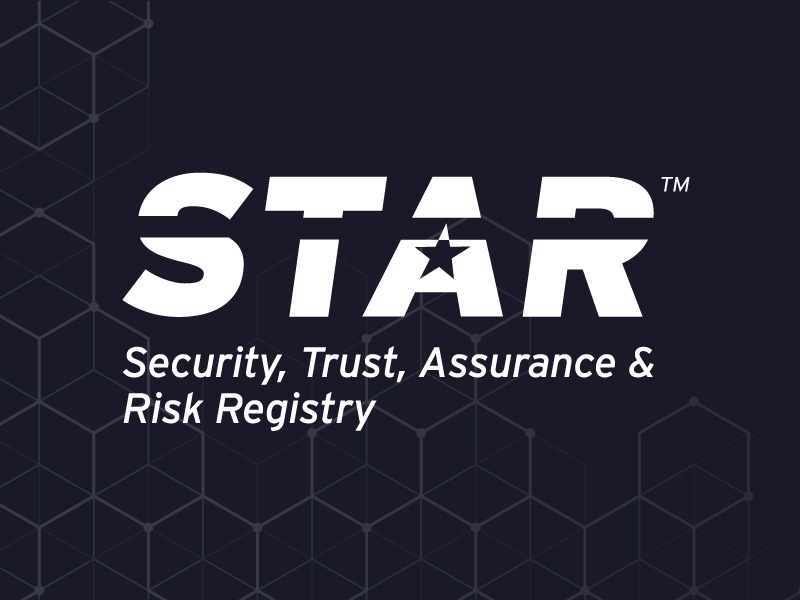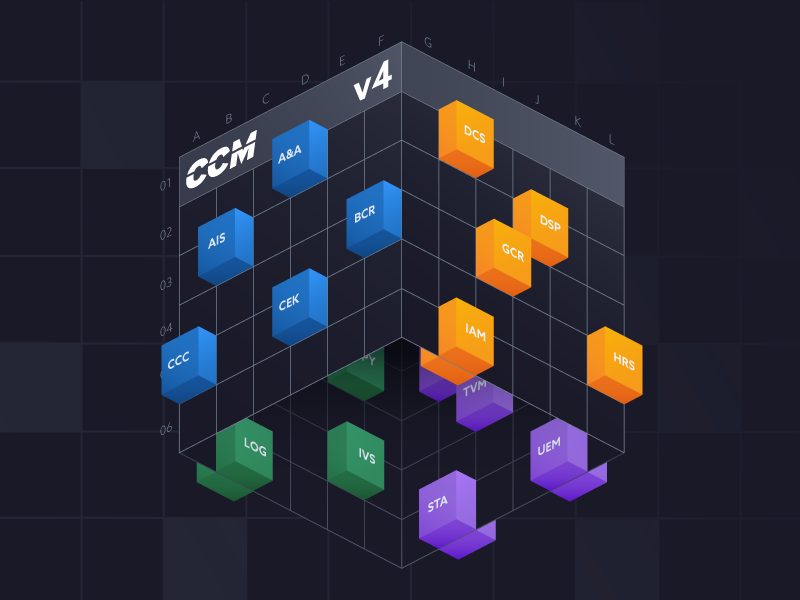Applying NIST CSF 2.0 to Hypervisor Security: A Framework for Resilience in Virtualized Environments
Published 05/16/2025
Executive Summary
The NIST Cybersecurity Framework (CSF) 2.0 offers organizations a structured path to building cyber resilience in the modern cyber-scape. Its five core functions—Identify, Protect, Detect, Respond, and Recover—form the backbone of modern security programs.
Hypervisors, as the control layer of virtualized environments, are a growing target for attackers. Securing them isn’t just a best practice, it’s critical to safeguarding interconnected systems and maintaining compliance. This blog explores how organizations can apply NIST CSF 2.0 principles specifically to hypervisor protection, using proven techniques to enhance visibility, control access, and ensure rapid recovery.
Identify: Improving Visibility and Risk Awareness
Securing hypervisors begins with knowing what assets exist and where risk resides. The Identify function emphasizes asset inventory and risk awareness—both essential in virtualized environments where a single compromised hypervisor can impact an entire VM infrastructure.
- Asset management: Maintain an up-to-date inventory of virtual infrastructure across on-premises, cloud, and hybrid environments.
- Identity management: Implement centralized identity controls to monitor and track privileged access to hypervisors.
- Threat detection foundations: Use behavioral detection techniques and decoy files to surface early signs of unauthorized activity.
- Risk prioritization: Leverage threat intelligence to continuously assess vulnerabilities and update risk profiles.
By improving visibility into virtualized environments, organizations can better prioritize resources and strengthen foundational defenses.
Protect: Controlling Access and Securing Data
With assets identified, the next step is to minimize the attack surface.
- Access controls: Enforce multi-factor authentication (MFA), role-based access control (RBAC), and single sign-on (SSO) for hypervisor access.
- System hardening: Limit execution to approved applications and enforce strict network access policies at the virtualization layer.
- Vulnerability management: Use virtual patching techniques to protect systems between traditional patch cycles, especially when downtime is a concern.
Implementing layered controls around hypervisors protects critical systems and limits opportunities for unauthorized access or misuse.
Detect: Identifying Threats in Real Time
Early threat detection is crucial to minimizing impact.
- Monitoring: Continuously monitor for anomalous behavior specific to hypervisor environments, such as unexpected system modifications or unusual access patterns.
- Alerting: Configure real-time alerts based on deviations from baseline behaviors.
- Forensic visibility: Use process trees and detailed audit logs to trace how security events unfold and where interventions are needed.
A strong detection strategy ensures rapid awareness and supports quicker decision-making during an emerging threat.
Respond: Streamlining Incident Containment
When a threat is detected, a rapid and coordinated response limits damage.
- Containment strategies: Isolate compromised hypervisors quickly to prevent lateral movement across virtual systems.
- Interim protections: Apply virtual patches as needed during investigation and recovery phases.
- Secure triage: Enable remote investigation through trusted access channels to reduce reliance on potentially compromised systems.
A well-prepared response plan enables faster recovery, preserves forensic evidence, and minimizes business disruption.
Recover: Minimizing Downtime and Reinforcing Resilience
Recovery efforts should focus on restoring operations safely and strengthening future resilience.
- System recovery: Implement file rollback mechanisms that enable quick restoration of clean system states.
- Post-incident analysis: Review logs, detection data, and response actions to identify gaps and improve future preparedness.
- Continuous improvement: Use lessons learned to refine incident response plans and security controls over time.
Effective recovery practices not only restore services but also harden the environment against future attacks.
Final Thoughts
Hypervisors are essential to the stability of virtualized environments, and are a growing target for attackers. Applying NIST CSF 2.0 principles to this layer allows organizations to close key gaps, improve visibility, and strengthen recovery plans.
The result isn’t just compliance—it’s operational resilience. Resilience is not a one-time achievement, it is an ongoing process of strengthening, adapting, and improving over time.
Unlock Cloud Security Insights
Subscribe to our newsletter for the latest expert trends and updates
Related Articles:
Why Compliance as Code is the Future (And How to Get Started)
Published: 12/04/2025
Why AI Won't Replace Us: The Critical Role of Human Oversight in AI-Driven Workflows
Published: 12/03/2025






.jpeg)
.jpeg)
.jpeg)
.jpeg)